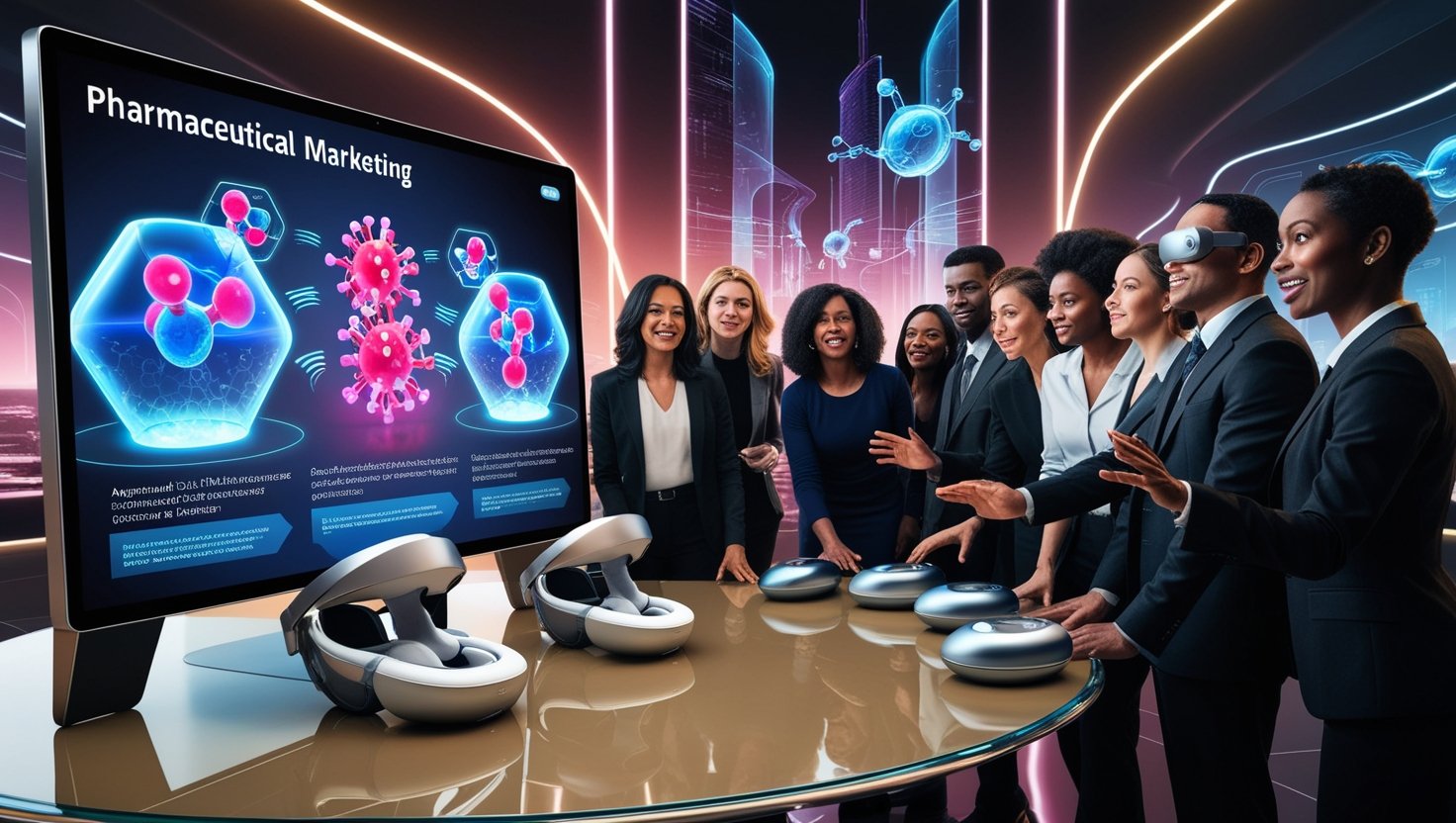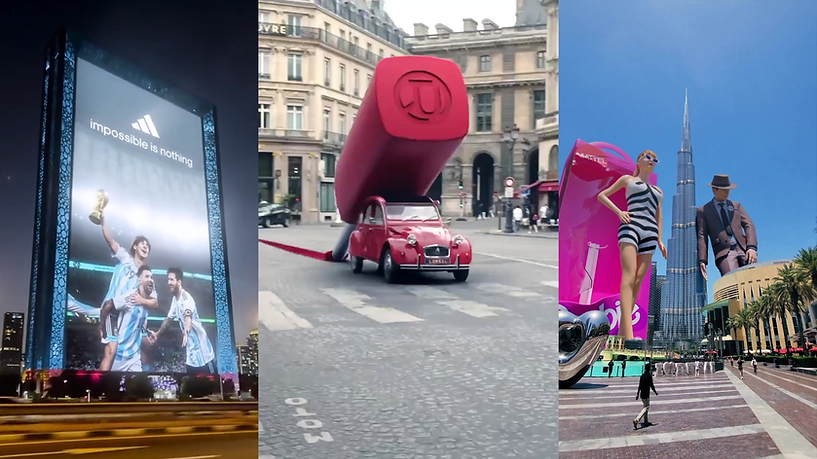Introduction
The pharmaceutical industry is undergoing a significant transformation in how it communicates with healthcare providers, patients, and the broader public. As digital platforms become increasingly influential, the role of visual communication in pharmaceutical marketing has never been more critical. Visual content enhances message retention, builds trust, and conveys complex information in a more accessible way. This blog explores the visual communication trends set to shape pharmaceutical marketing in 2024, highlighting how these innovations are driving engagement and enhancing overall marketing strategies.
1. Personalized Visual Content
Personalization in pharmaceutical marketing is gaining traction thanks to advancements in data analytics and AI. Personalized visuals, such as custom infographics, videos, and animations, allow companies to target specific audiences with tailored content that addresses their unique needs and conditions. For instance, personalized explainer videos help patients understand their medications, side effects, and adherence requirements, which can significantly improve health outcomes. This approach not only engages the patient but also enhances their overall experience with the brand Accenture Study.
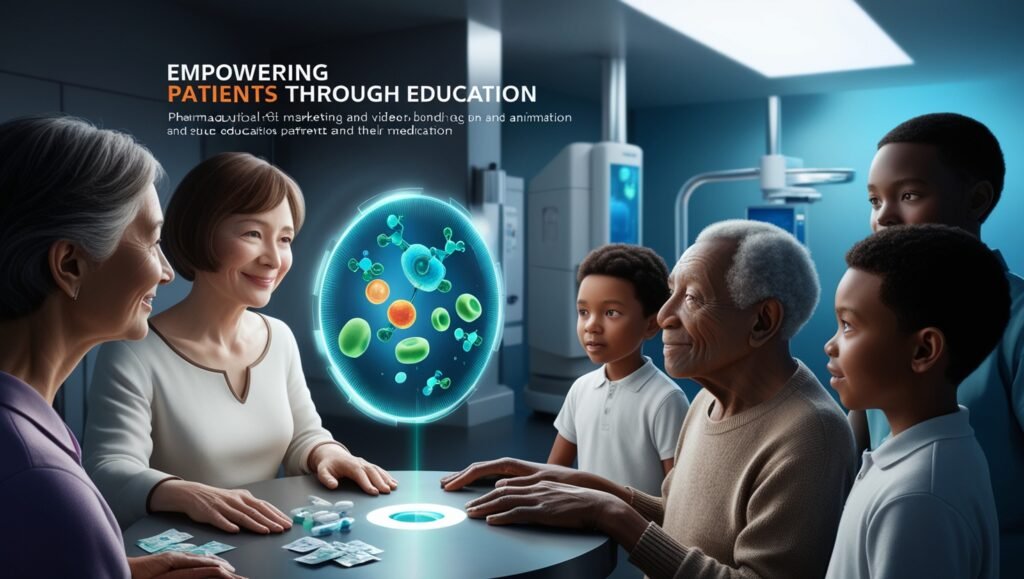
2. Interactive Infographics and Data Visualization
Interactive infographics and data visualization tools have become essential for communicating complex medical data in a way that is both engaging and easy to understand. For example, Pfizer’s use of interactive infographics during the COVID-19 vaccine rollout helped simplify intricate data, making it more accessible to the general public and healthcare professionals alike Pfizer Case Study. These tools are instrumental in breaking down clinical trial results, efficacy rates, and patient outcomes into visually appealing formats that facilitate better decision-making.
3. 3D Animation and CGI
3D animation and CGI are revolutionizing pharmaceutical marketing by providing a powerful means to visualize complex biological processes, drug mechanisms, and treatment pathways. These technologies are being used to create detailed visual representations that help healthcare professionals and patients alike understand how drugs interact with the body. For instance, 3D animations can demonstrate the molecular action of a new medication, showing how it targets specific cells without harming healthy tissue. This approach is not only educational but also enhances trust and transparency CG Society.

4. Augmented Reality (AR) and Virtual Reality (VR)
AR and VR technologies are transforming how pharmaceutical companies engage with healthcare providers and patients. AR can be used to superimpose digital information onto the real world, allowing for interactive visual experiences. For example, companies like Novartis use AR to demonstrate drug interactions on 3D models of the human body, providing a clear and immersive way to understand complex medical data Novartis AR Applications. Meanwhile, VR offers fully immersive experiences, such as virtual walkthroughs of treatment processes, which can help reduce patient anxiety and enhance understanding.
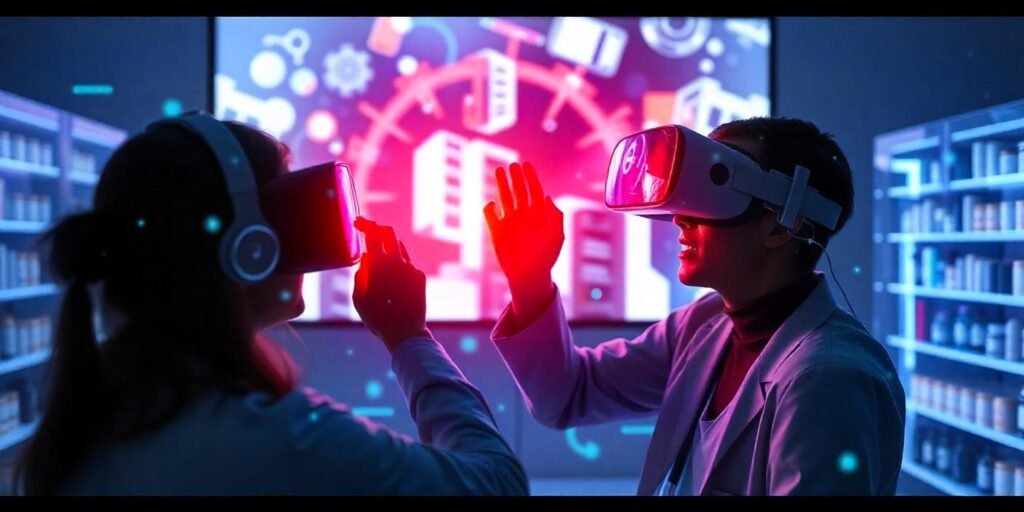
5. Explainer Videos for Patient Education
Explainer videos have become an invaluable tool in pharmaceutical marketing, helping to simplify complex information into digestible, engaging formats. These short videos can explain how a drug works, its benefits, and potential side effects in under two minutes. Pharmaceutical companies like Johnson & Johnson frequently use explainer videos to communicate complex medical concepts to both healthcare providers and patients, ensuring that critical information is accessible and understandable Johnson & Johnson Explainers. The rise of explainer videos is driven by their ability to convey detailed content quickly, making them highly effective in capturing and retaining audience attention.
6. Social Media Graphics and Campaigns
Social media continues to be a powerful platform for pharmaceutical marketing, with visual content playing a central role in engaging audiences. Companies are increasingly using eye-catching graphics, infographics, and short videos on platforms like Instagram, LinkedIn, and Twitter to reach both healthcare professionals and patients. AstraZeneca’s breast cancer awareness campaign, “Get Your Pink On,” effectively used vibrant graphics and interactive content to drive engagement and spread awareness about the disease AstraZeneca Campaign. This trend highlights the importance of visuals in amplifying social media campaigns and influencing public perception.
7. Immersive Storytelling Through Visual Narratives
Visual storytelling has emerged as a key trend in pharmaceutical marketing, with companies creating engaging narratives that humanize healthcare experiences. This approach builds emotional connections with the audience, making the brand’s message more relatable and memorable. For instance, Merck uses patient stories in video format to convey the human side of pharmaceutical research, bridging the gap between complex science and real-world impact Merck Patient Stories. This trend underscores the growing importance of empathy and authenticity in marketing, achieved through compelling visual narratives.
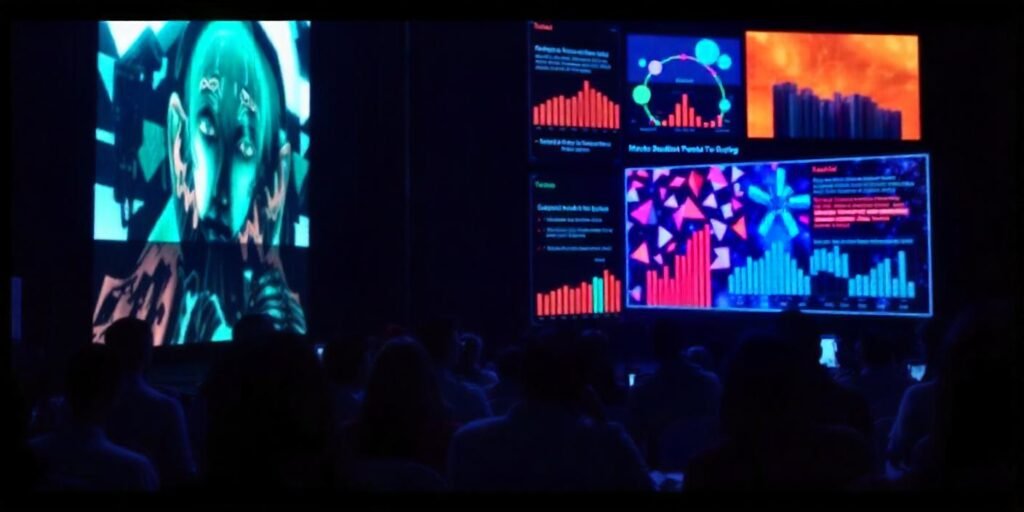
8. AI-Driven Content Creation and Optimization
Artificial Intelligence (AI) is playing an increasingly pivotal role in pharmaceutical marketing by optimizing visual content creation and distribution. AI tools analyze audience data to create targeted visuals that resonate with specific demographics, enhancing engagement and effectiveness. AI-driven platforms can also automate the generation of infographics, videos, and other visual assets, significantly reducing production time and costs. This data-driven approach allows companies to refine their marketing strategies in real time, ensuring that the right content reaches the right audience at the right time Pharmaceutical Technology.
9. Regulatory-Compliant Visual Communication
Navigating the complex regulatory landscape of pharmaceutical marketing is challenging, especially when it comes to visual content. As regulations become stricter, companies must ensure that all visuals comply with legal standards, including accurate data representation, clear disclaimers, and unbiased presentations. Leading companies like Roche have developed compliance-focused workflows that ensure every piece of visual content meets regulatory guidelines while still engaging the audience Roche Compliance. This trend emphasizes the importance of maintaining trust and credibility through responsible and compliant visual communication.
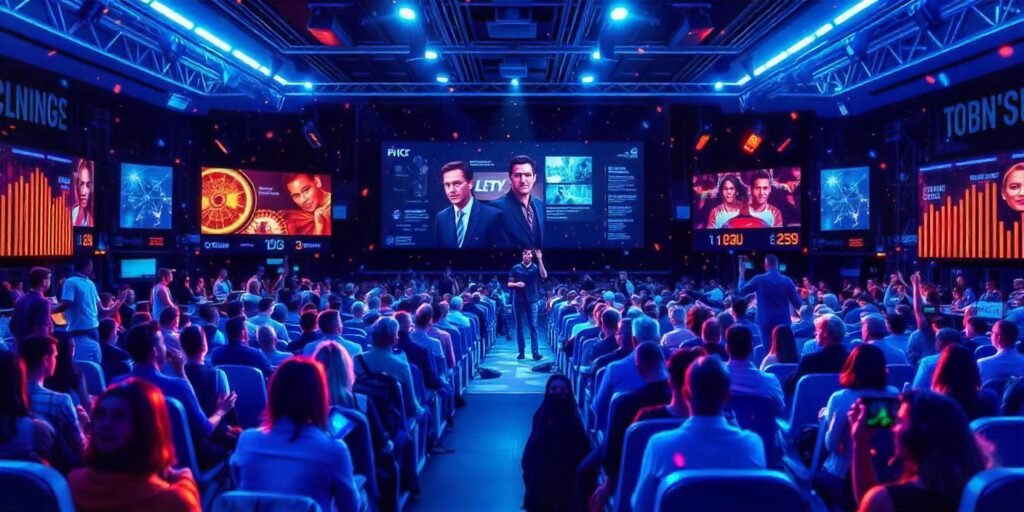
Conclusion
As we move further into 2024, visual communication continues to be a driving force in pharmaceutical marketing. From personalized content and interactive infographics to the innovative use of 3D animation and AI-driven optimizations, these trends are reshaping how pharmaceutical companies connect with their audiences. Visual content not only enhances the delivery of complex medical information but also builds stronger emotional connections, ultimately leading to improved health outcomes and a more informed public. By embracing these trends, pharmaceutical companies can lead the industry forward, leveraging the power of visual communication to make healthcare more accessible and engaging.
Explore our AI, AR/VR in Animation articles
- Automotive Visualization: From Concept to Reality (studioimageworks.com)
- Runway AI: Revolutionizing the Video Production Animation articles
- How Leading Brands Can Benefit from Virtual Reality in Marketing by 2030 – Studio Image Works
- The Future of Virtual Reality: What 2024 Has in Store for Businesses (studioimageworks.com)


